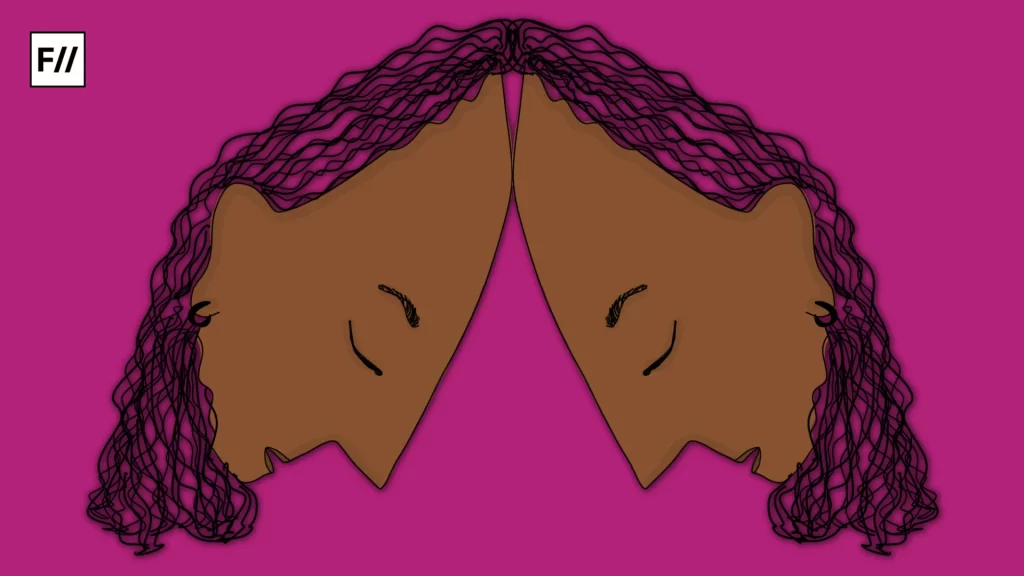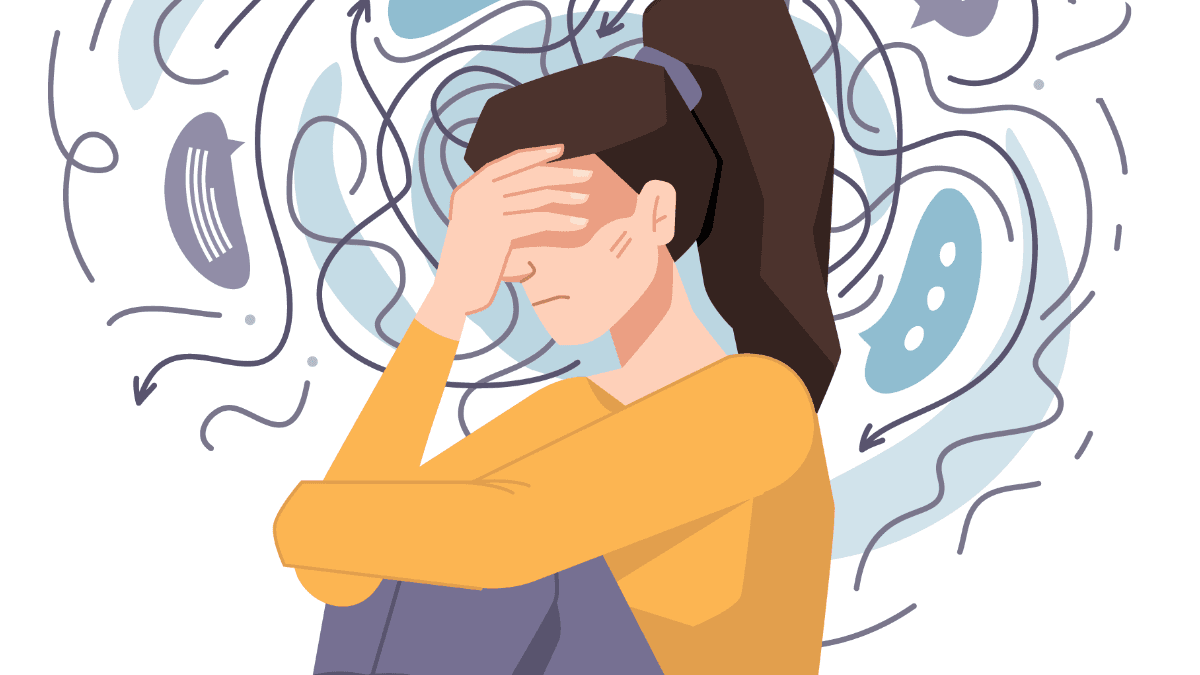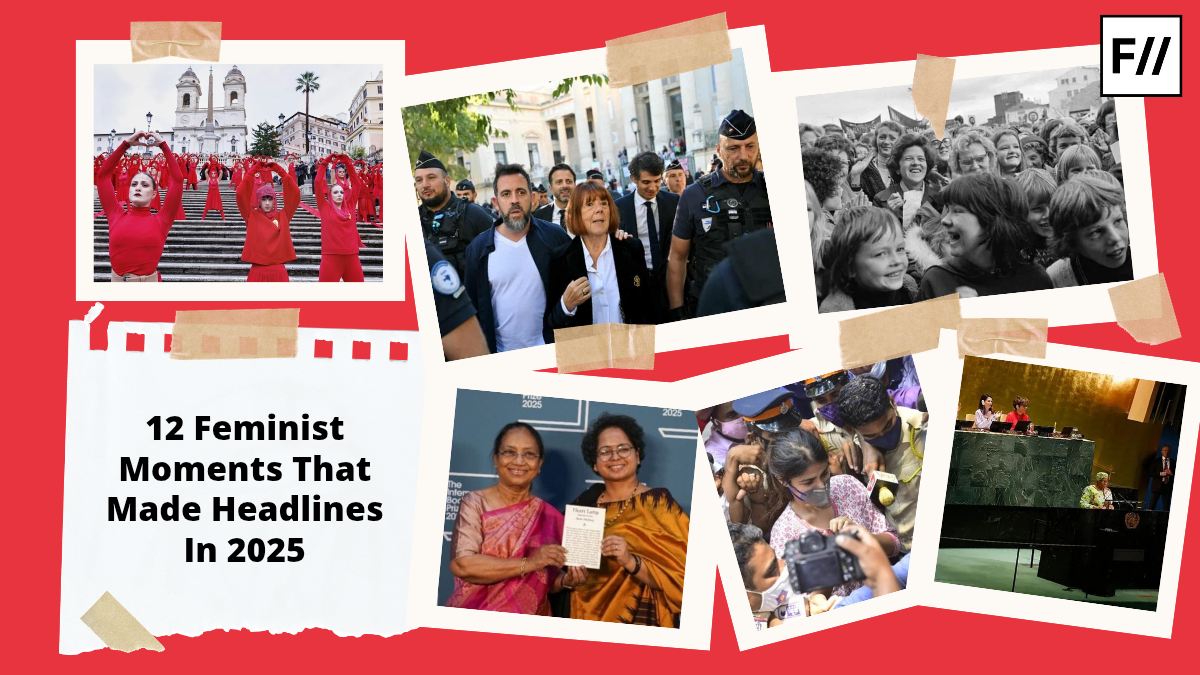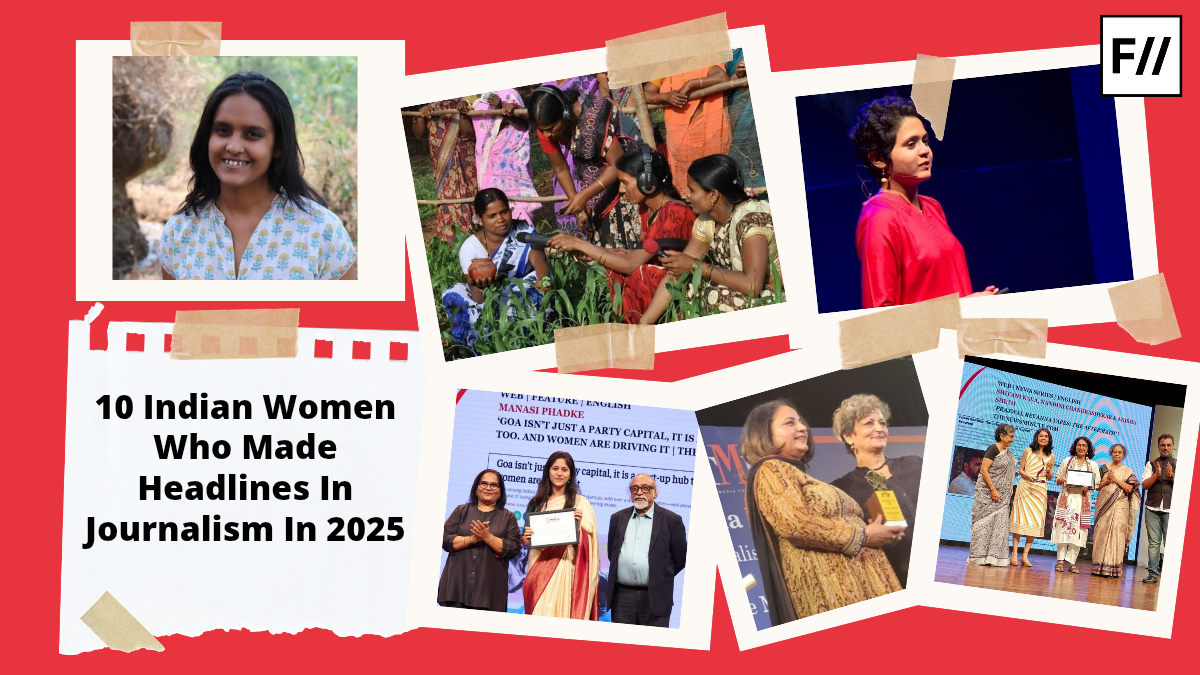Women receive less pain medication and have longer emergency room waits, exposing the gender pain disparity in healthcare, says a recent case study.
For centuries, women and their sufferings have been romanticised and idealised, even turning them into wounded “goddesses,” stripping them of their humanity, and making their suffering an element of their constitution and not just a human experience.
A recent study which was published in the Proceedings of the National Academy of Sciences has revealed that the female patients were less likely to be prescribed pain medication (opioids and non-opioids) in comparison to male patients. The study also revealed that female patients seeking treatment for pain wait 30 minutes longer than male patients in the emergency room, resulting in unnecessary wait and increased suffering. The study analysed the datasets and discharge notes related to pain complaints from about 21,000 – 22,000 emergency departments that highlighted this sex-related disparity in clinical treatments.
Regardless of their pain score and age, women received fewer medication prescriptions, according to further analyses. The datasets that were examined also noted that women’s pain scores were 10 percent less likely to be recorded by the nurses, although it is recommended to have pain scores recorded for all the patients. It also highlighted that women faced this pain disparity from both male and female physicians, who prescribe pain relief medication less frequently to women than to men.
“Recent psychological research suggests that the biased perception of pain stems from a ‘gender-pain exaggeration bias’: women are believed to report their pain in an exaggerated manner compared to men.” Mika Guzikevits, from the Hebrew University of Jerusalem, mentions.
The researchers further emphasised that such biases and gendered pain perceptions can affect the pain management decisions which can lead to less pain treatment for women, resulting in “unnecessary suffering and deleterious health effects and also carries preventable costs for public health.”
Implicit biases based on sex and gender when treating patients
Biases have been broadly defined as “the negative evaluation of one group and its members relative to another.” These biases are manifested explicitly through actions and behaviours. However, according to researchers, implicit biases are “the unconscious mental processes that lead to association and reactions that are automatic and without intentions.”

The disparities within the healthcare system have been attributed to both explicit and implicit biases. However, these implicit biases have a significant impact on decision-making, with a possibility that they may also affect treatment through their effects on interpersonal communication. The biases are usually towards marginalised groups of people, including racial and ethnic minorities and gender and sexual minorities, among others. The biases that women are more “emotional” and “sensitive” prove consequential in misdiagnosing women with mental health problems even when the clinical results show that their agony is real.
These misdiagnoses and conflations with mental health can be traced back to the sexist stereotypes. “Irrational,” “sensitive” and other such stereotypes that are associated with women turn their pain insignificant and establish the notion that women’s expression of pain has no physical basis. While this gender disparity leads to serious implications on the treatment where men are treated with more care than women, it also tends to stop the patients from seeking medical help.
Another example of these biases affecting healthcare is that, according to another study, gender-specific differences in heart attack treatment are persuasive. While both men and women show symptoms of chest pain, women’s symptoms, which also include nausea, vomiting and palpitations, are considered ‘atypical‘ symptoms. The mention of ‘atypical‘ in the literature is misleading given that women make up half of an average population. Further, an increase in-hospital mortality by 15–20 percent for female patients compared with male patients is prevalent. This data indicates a need for education among the public and healthcare professionals alike about the symptoms of a heart attack in women.
Gender pain gap and implications
The implications of the gender pay gap have been long consequential for women, hampering their growth in society and deeming them unworthy of the same appreciation that the male counterparts receive. The discrimination that women have been facing for centuries has also materialised in the physical and healthcare sphere. The gender pain gap is proving to be alarming, having implications on women that can lead to suffering agonising pain due to being misdiagnosed or simply not taken seriously.

A 2001 study called “The Girl Who Cried Pain” noted the difference in treatment that women and men receive for the same diagnosis. While men were prescribed pain relief medication, women were given sedatives after the same surgery, suggesting that female patients were often perceived as anxious rather than in suffering. The report finds that despite evidence that biologically women are more sensitive to pain (however, these differences are small and can be affected by various stimuli), their agony is taken less seriously, which also means that their reports are mostly disregarded as emotional, psychogenic and thus not real.
The Yentl Syndrome, a phenomenon which can be described as the underdiagnosis of coronary heart disease in females, is another example of the gender disparity in healthcare where women and their agony are neglected, underdiagnosed or misdiagnosed. This phenomenon accounts for the fact that women “are more likely to be treated less aggressively in their initial encounters with the health-care system until they prove that they are as sick as male patients.“
Menstrual pain and the silence that follows
While women are considered to be the “weaker” sex, they are trained to be strong when in pain. The culture of silence about agony is most apparent related to menstrual pain. Menstrual pain can be severe enough to hamper the regular workflow of menstruators. However, menstruators are conditioned to be strong enough to handle the cramps and menstrual pain.
The long-standing stereotypes that men are strong and are not supposed to show emotions tend to fit them in the box of being “rational,” thus making their pain more reasonable and not an exaggeration, while women continue to suffer in silence.
Further, there is a stigma related to women seeking medical remedies for the pain. Taking painkillers is usually asked to be avoided due to the fear of harming the reproductive glands. The suffering through menstrual pain is normalised and trivialised even though it manifests differently in different individuals.
The gender disparity in the healthcare world
The study, Sex bias in pain management decisions, has brought back into discussion the persistent gender biases in emergency healthcare. The continuous disregard for women and their suffering reveals the deep-rooted sexist biases that have trivialised women’s pain. This systematic failure only causes unnecessary suffering and reinforces dangerous stereotypes. Researchers suggest the pre-existing biases held about gender and emotional expression can help explain this disparity.

“Previous work has shown that individuals tend to perceive females’ pain as less intense than that of males. This perception bias has in turn been explained by a gender–pain exaggeration bias: People view females as more emotional and assume that they over-report their experienced pain compared to males…. While other stereotypes may be at play, our findings of bias in healthcare providers’ pain perception are in line with the exaggeration mechanism,” mention the researchers of the study.
The researchers further highlighted that providing treatment by same-sex clinicians, computerised decision-support tools to record pain scores and raising clinicians awareness of sex bias in pain medication prescribing are some solutions that can help address this bias.
The long-standing stereotypes that men are strong and are not supposed to show emotions tend to fit them in the box of being “rational,” thus making their pain more reasonable and not an exaggeration, while women continue to suffer in silence. These emerging research studies in the healthcare sphere suggest that sexism does in fact perpetuate in hospital and emergency wards as much as it does anywhere in society and that the gender pain gap and healthcare biases are actual real-world problems that are hindering women from accessing healthcare.
About the author(s)
Reeba Khan is a Political Science student at Delhi University. As a writer and student journalist, she has a keen interest in issues of identity, conflict, and politics of belonging. She writes to remember and to resist





